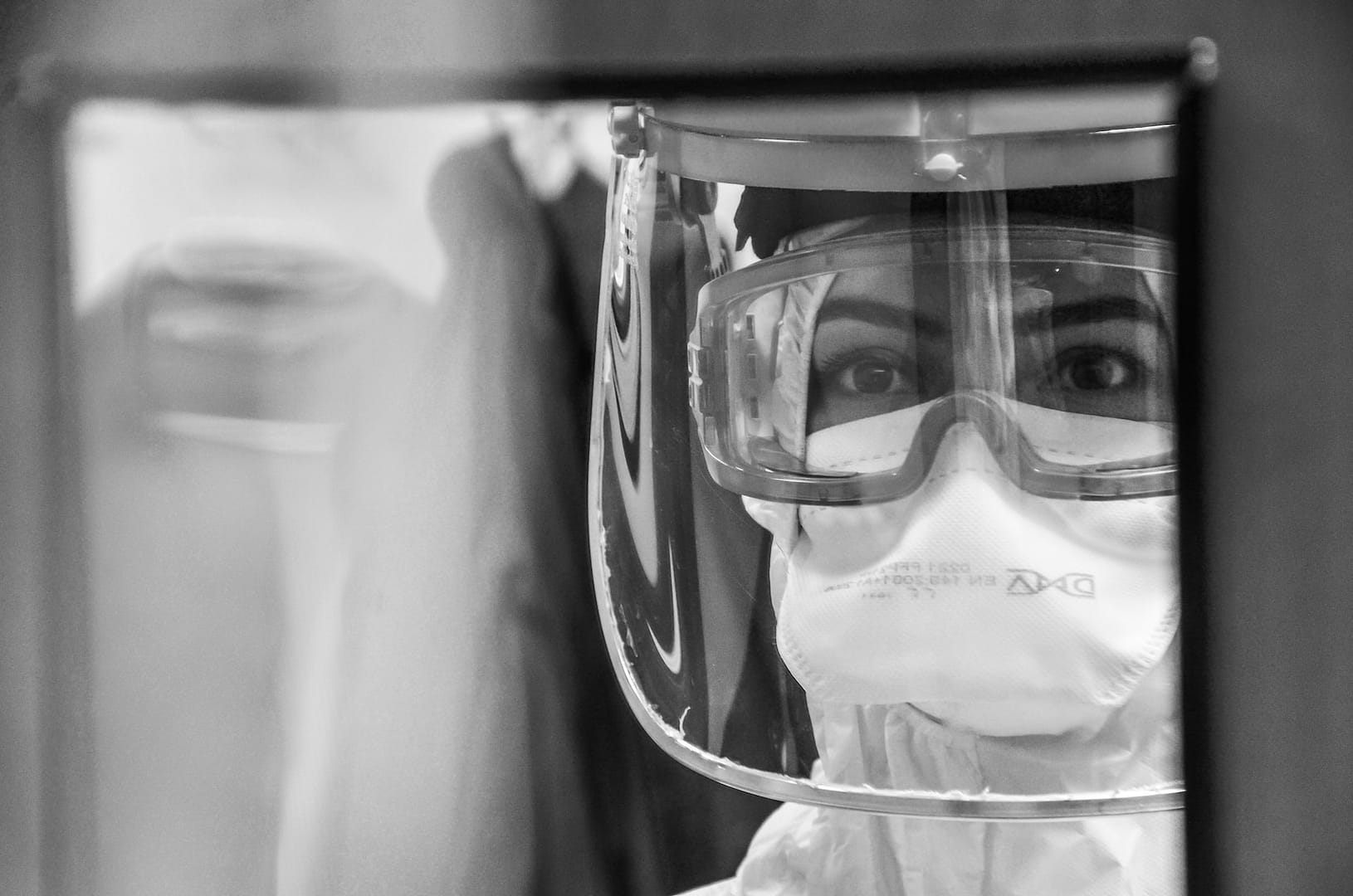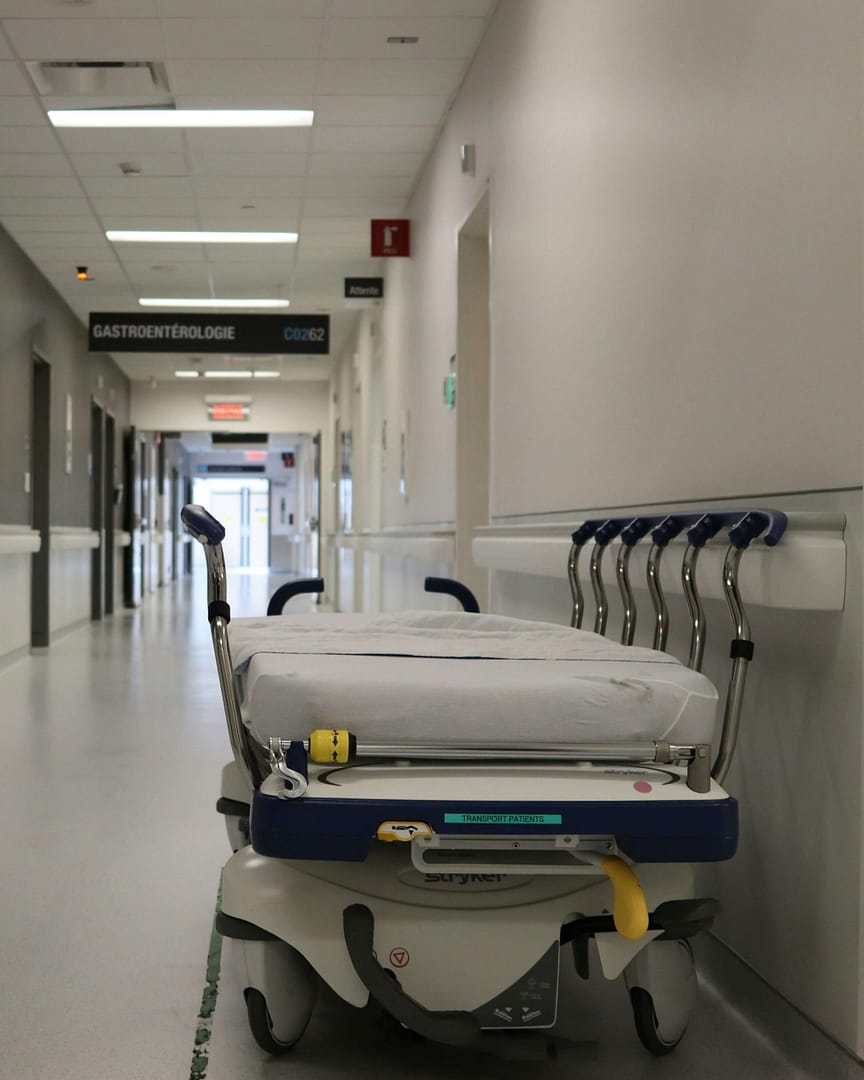In today’s fast-paced world, where productivity is often the primary focus, safety in the workplace can sometimes take a backseat. However, ensuring your well-being while on the job is paramount. In this article, I will explore essential preventative measures to keep you safe at work. These measures not only protect you from potential hazards but also contribute to a more productive and harmonious work environment. We will also explain how best to approach making an accident at work claim.
The Importance of Workplace Safety
Before delving into the specific preventative measures, let’s emphasise why workplace safety matters. Imagine a bustling construction site or a busy manufacturing plant. Without proper safety precautions, these environments can quickly become a danger zone. But even in seemingly low-risk office settings, accidents can happen. Whether you’re in a high-risk occupation or a more conventional office job, everyone deserves a safe working environment.
Know Your Surroundings
One of the fundamental aspects of workplace safety is knowing your surroundings. This means being aware of potential hazards and understanding how to navigate them. Think of it as your workplace GPS – it guides you away from danger.
Regular Inspections
To ensure your safety, conduct regular inspections of your workspace. Are there any loose cables that could cause tripping? Are fire exits clearly marked and accessible? Is your office chair in good condition? These are just a few examples of things to check.
Reporting Hazards
If you spot a hazard or something that seems unsafe, don’t hesitate to report it to your supervisor or safety officer. Your input can help prevent accidents and injuries not only for you but also for your colleagues.
Proper Training
Safety training is another crucial aspect of workplace safety. It equips you with the knowledge and skills to handle various situations safely.
Industry-Specific Training
In some industries, such as construction or healthcare, specialised training is mandatory. This training ensures that you are well-prepared to handle the unique challenges and risks associated with your job. For example, construction workers receive training on operating heavy machinery and working at heights.
General Safety Training
Even in less hazardous settings, general safety training can be immensely beneficial. It covers topics like first aid, fire safety, and emergency response procedures. Knowing how to administer CPR or use a fire extinguisher can make a significant difference in critical situations.
Protective Gear
Protective gear is your armour against workplace hazards. Depending on your job, this gear may include helmets, gloves, safety goggles, ear protection, or even a full-body harness.
Wearing Protective Gear Consistently
It’s not enough to have protective gear; you must wear it consistently. In high-risk jobs, failing to put on your gear can lead to catastrophic consequences. Even in an office, wearing ergonomic equipment like wrist supports or anti-fatigue mats can prevent long-term health issues.
Proper Maintenance
Ensure that your protective gear is well-maintained. Helmets with cracks or safety goggles with scratches may not offer the protection you need. Regularly inspect and replace damaged gear.
Ergonomics and Workspace Design
Ergonomics refers to the study of designing the workplace to fit the worker. An ergonomic workspace minimises strain and discomfort, promoting long-term health and productivity.
Proper Desk Setup
In an office, an ergonomic desk setup can make a world of difference. Your chair should provide adequate lumbar support, and your monitor should be at eye level to reduce neck strain. Simple adjustments can prevent repetitive strain injuries.
Workspace Layout
In industrial settings, workspace layout plays a significant role in safety. A cluttered or poorly organised workspace can lead to accidents. Ensure that tools and equipment are stored properly, and walkways are clear of obstacles.
Mental Health Awareness
Workplace safety goes beyond physical well-being; it also encompasses mental health. Stress, anxiety, and burnout can have severe consequences on your overall well-being.
Promoting Mental Health
Employers should promote a supportive and stress-free work environment. Encouraging employees to take breaks, providing access to counselling services, and fostering a healthy work-life balance can all contribute to mental well-being.
Safety Culture
A strong safety culture is an environment where safety is a top priority for everyone. It’s a collective effort to keep each other safe.
Employee Involvement
Employees should actively participate in safety initiatives. Reporting hazards, suggesting improvements, and adhering to safety protocols are all essential contributions to a safety culture.
Leadership Commitment
Leaders play a pivotal role in creating a safety culture. When management is committed to safety, it sets a positive example for the entire organisation. Safety should never be compromised for the sake of expediency.
Emergency Preparedness
No matter how many precautions you take, emergencies can still occur. Being prepared for them is crucial.
Evacuation Plans
Know your workplace’s evacuation plans and escape routes. In case of fire, natural disasters, or other emergencies, having a clear plan can save lives.
First Aid Training
Basic first aid knowledge can be invaluable during emergencies. It’s not just about your safety but also your ability to assist colleagues in need.
Communication
Open and effective communication is a cornerstone of workplace safety.
Reporting Near Misses
Near misses are incidents that almost result in accidents but are narrowly avoided. Reporting these near misses can help identify underlying safety issues and prevent future accidents.
Clear Instructions
Ensure that instructions, especially for tasks with potential risks, are clear and easy to understand. Miscommunication can lead to dangerous misunderstandings.
Review and Improvement
Workplace safety is an ongoing process that requires regular review and improvement.
Safety Audits
Regular safety audits can identify areas that need improvement. These audits should involve employees from different levels and departments to gain diverse perspectives.
Learning from Incidents
When accidents or near misses occur, it’s essential to conduct thorough investigations to understand what went wrong and how to prevent similar incidents in the future.
Making an Accident at Work Claim with National Claims
Accidents at work can happen, no matter how diligent you are in following safety precautions. When they do, it’s essential to know your rights and how to make a claim for compensation. In the UK, National Claims is a leading resource for individuals seeking compensation for workplace injuries. Here’s how the process works:
Seek Medical Attention
If you’ve been injured at work, your first priority should always be your health. Seek medical attention immediately. Your well-being is paramount.
Report the Incident
Inform your employer about the incident as soon as possible. This is a critical step, as it creates a record of the event. In the UK, employers have a legal obligation to report accidents at work to the Health and Safety Executive (HSE) if they are serious.
Gather Evidence
Collect evidence related to the incident. This may include photographs of the scene, witness statements, and any relevant documentation, such as accident reports.
Contact National Claims
Once you’ve received medical treatment and reported the incident to your employer, you can contact National Claims. Our team of experienced claims specialists can guide you through the claims process.
Assessment and Compensation
National Claims will assess your case and determine if you have a valid claim for compensation. If your claim is successful, you may receive compensation for medical expenses, lost wages, and pain and suffering.

Conclusion
Incorporating these preventative measures into your daily work routine is essential for your safety and the well-being of your colleagues. Remember that workplace safety is a collective effort, and everyone has a role to play in ensuring a safe and secure work environment. By staying vigilant, receiving proper training, and actively participating in safety initiatives, you can contribute to a workplace where safety is a top priority, allowing everyone to thrive. And in the unfortunate event of an accident, know that resources like National Claims are available to help you navigate the process of seeking compensation and justice for workplace injuries. Stay safe, stay informed, and prioritise your well-being at work.
Contact us today to start your claim with the assistance of one of our claims specialists.
Click below to see why we are one of the most trusted claims management companies in the UK.

We’re proud of our excellent customer reviews
We thrive on delivering exceptional service and ensuring our clients’ satisfaction. Don’t just take our word for it. Check out some of our independent reviews to see what our clients have to say.
Excellent

This firm is excellent, they sorted out my car pay out and injury claim very fast, they always communicate with you all the time.

My accident case was dealt with confidence and with great result of the outcome, especially James kept me informed all the time.

I was very impressed at the way my inquiry was treated. I was listened to attentively and everything I needed to know was explained to me.






